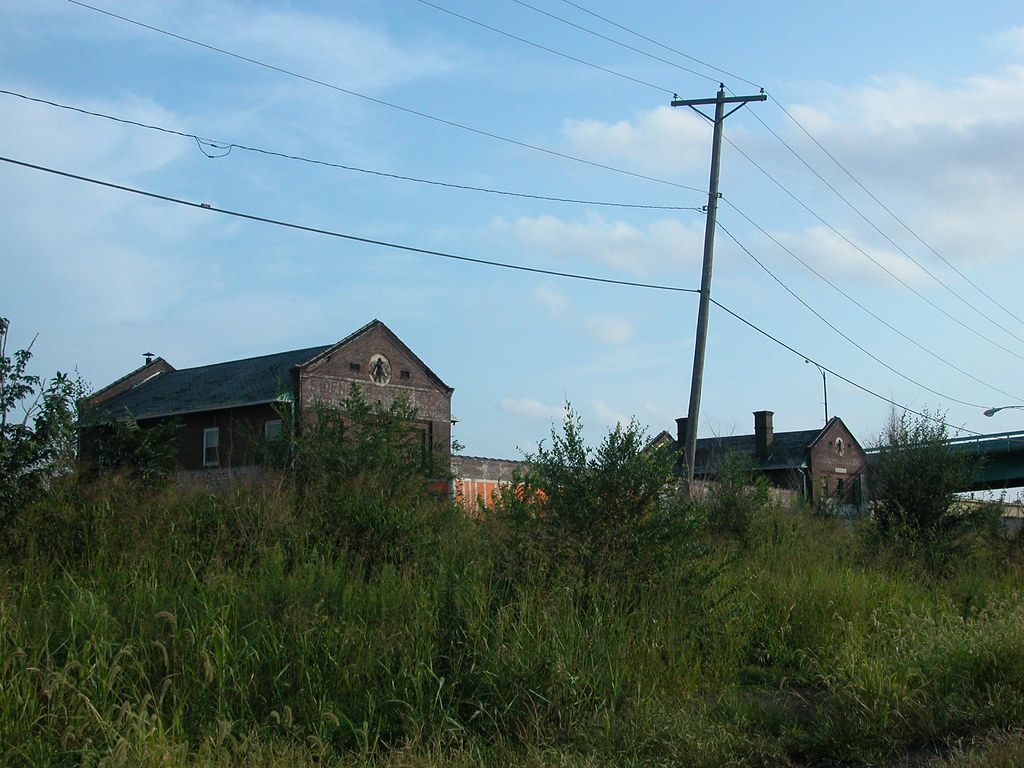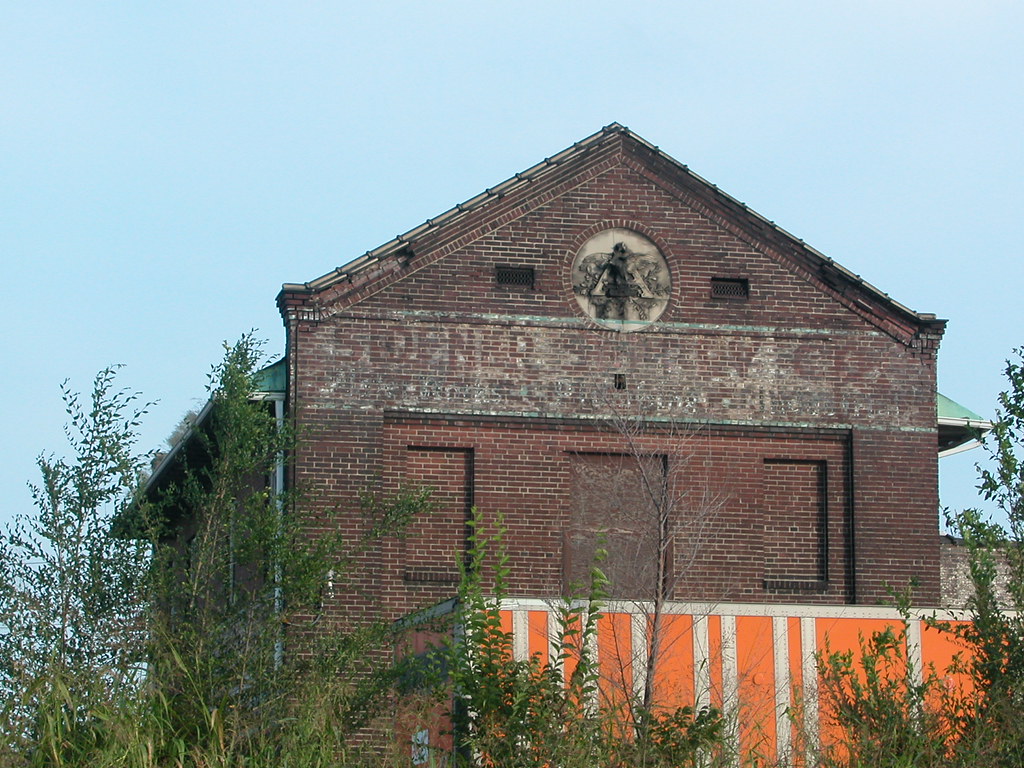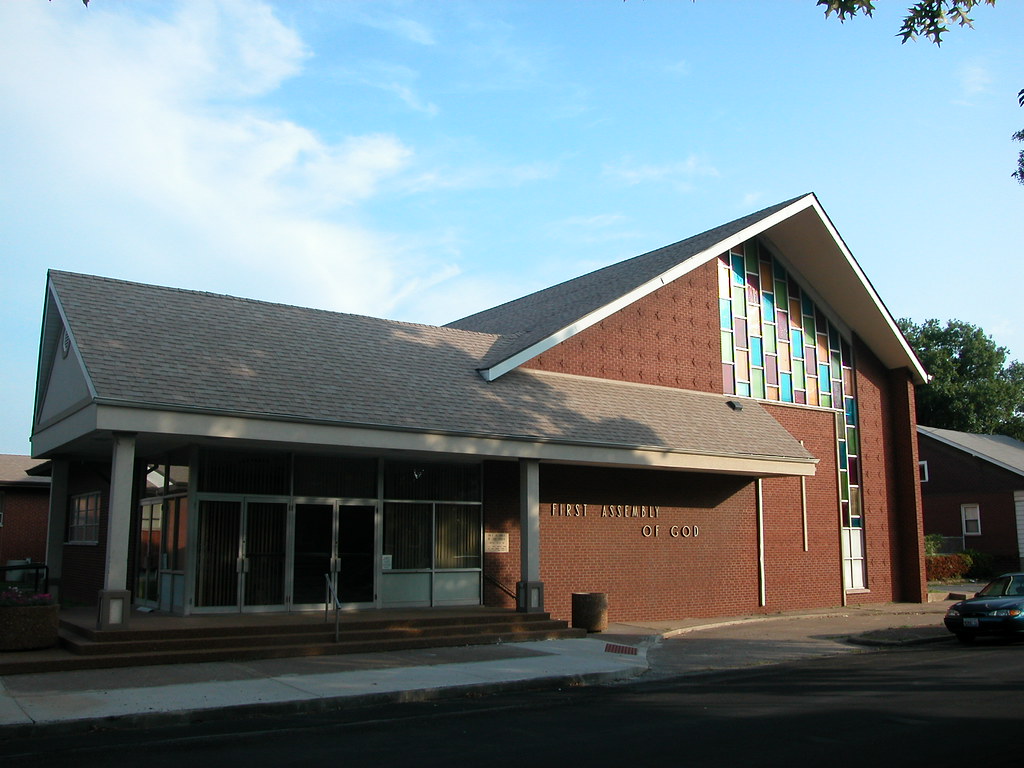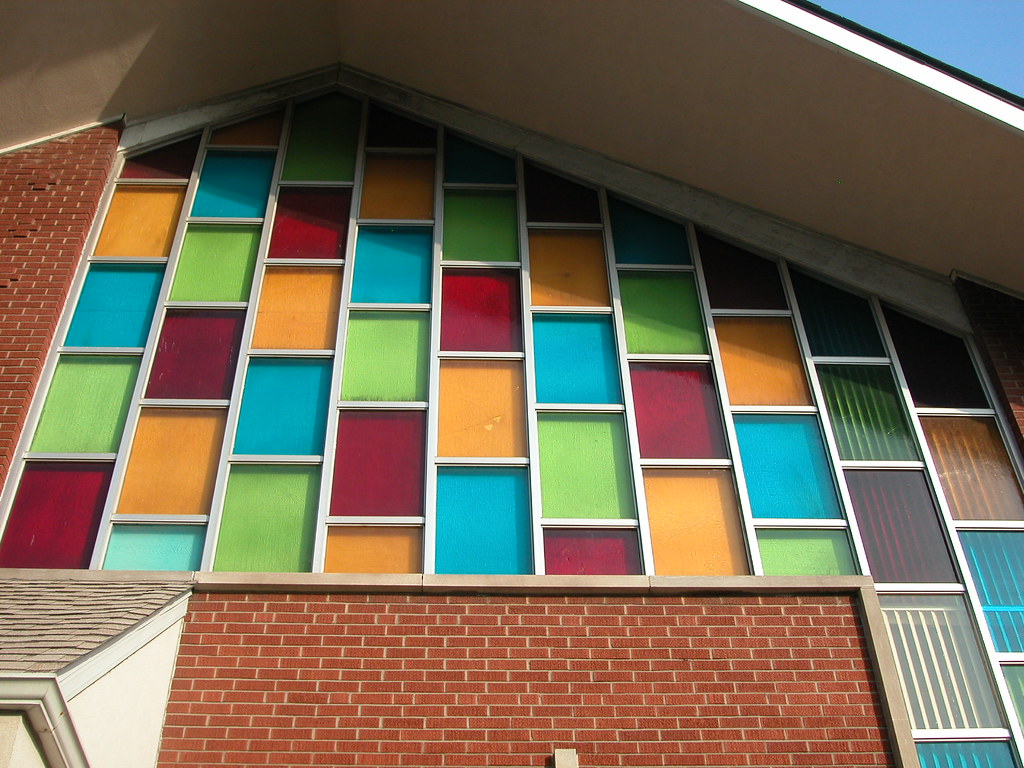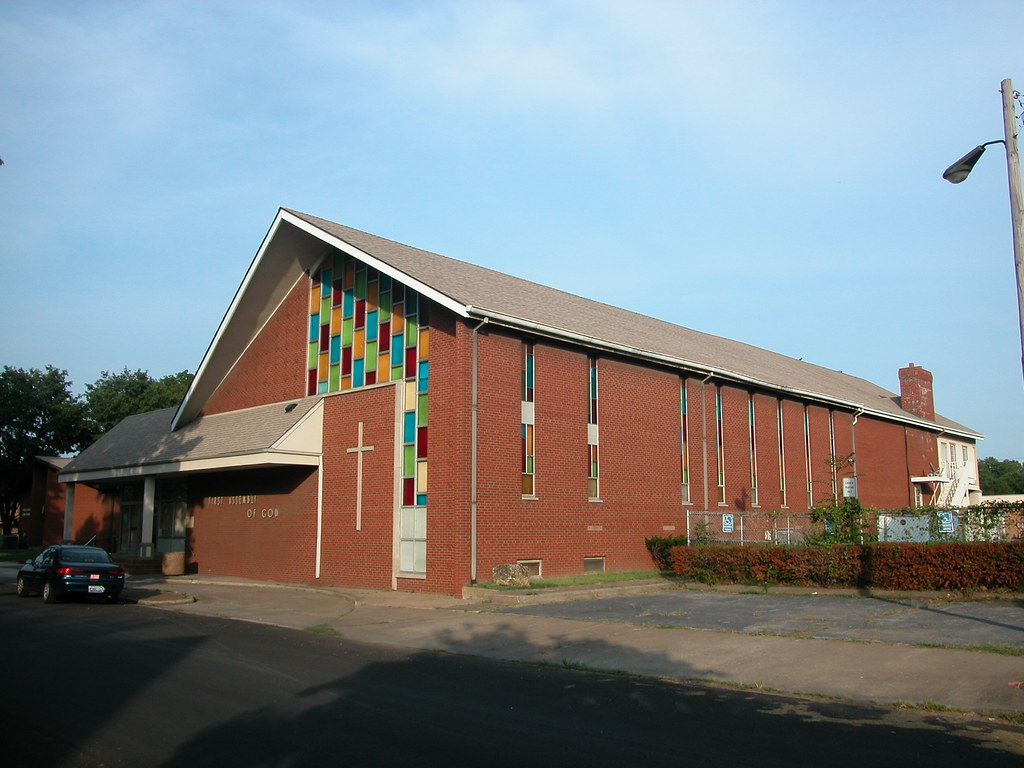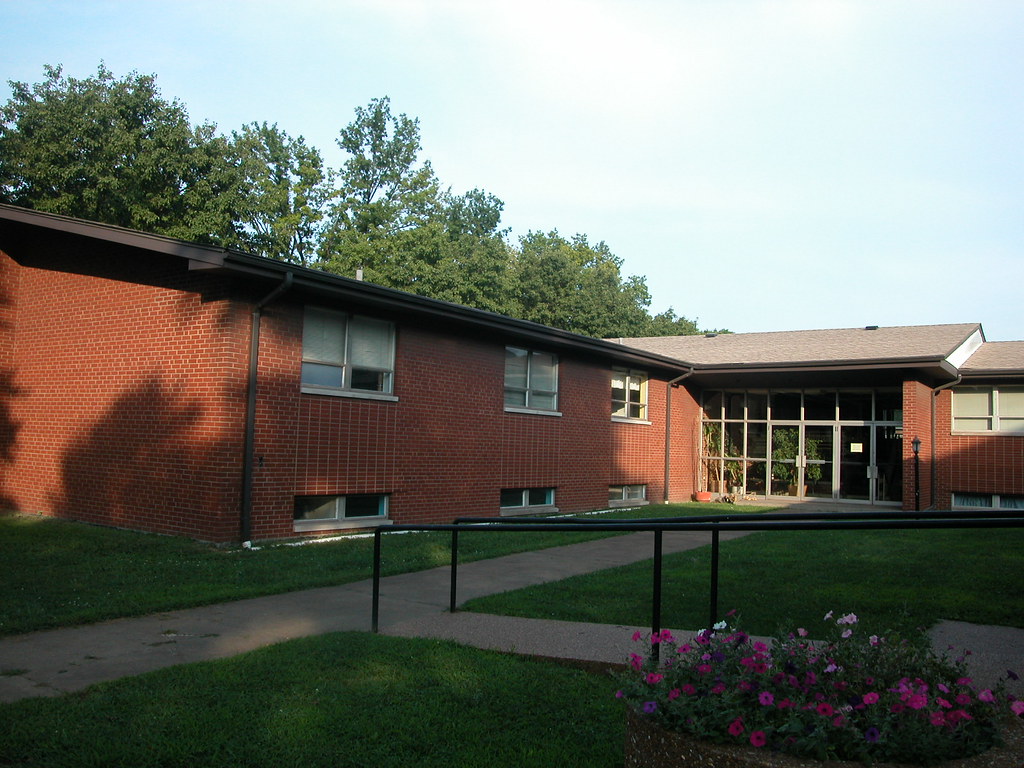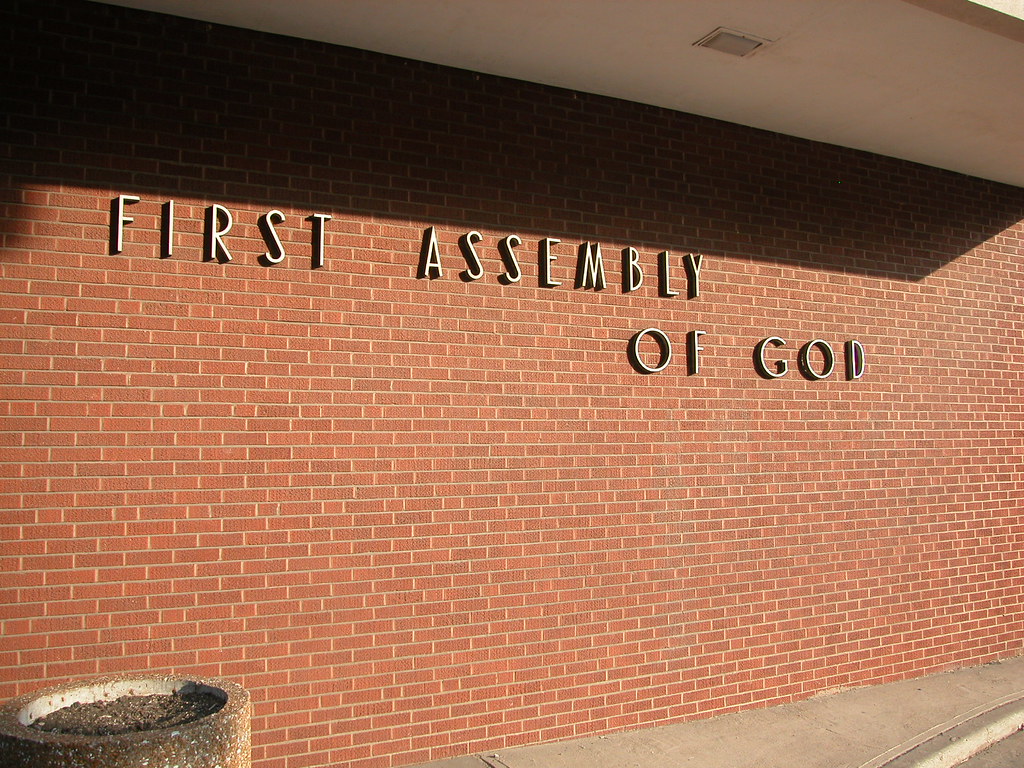by Michael R. Allen
 Last year, the building at 1310 Niedringhaus Avenue in downtown Granite City burned. The neighbor at 1308 Niedringhaus (at right above) suffered some damage, but nothing that compromised its structural integrity.
Last year, the building at 1310 Niedringhaus Avenue in downtown Granite City burned. The neighbor at 1308 Niedringhaus (at right above) suffered some damage, but nothing that compromised its structural integrity.
Here’s a look at those two buildings three years ago, seen at right below: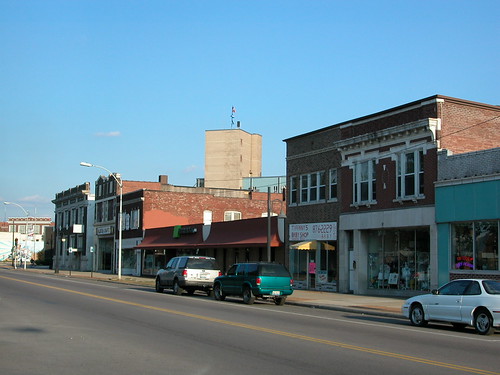 One can see that these buildings were part of an uninterrupted row of downtown buildings with storefront retail activity. Such blocks are few and far between in Granite City these days. Now there is one less, because the government of Granite City successfully pushed to have both the buildings at 1308 and 1310 Niedringhaus Avenue demolished. Today, the site is a gaping hole in the street wall.
One can see that these buildings were part of an uninterrupted row of downtown buildings with storefront retail activity. Such blocks are few and far between in Granite City these days. Now there is one less, because the government of Granite City successfully pushed to have both the buildings at 1308 and 1310 Niedringhaus Avenue demolished. Today, the site is a gaping hole in the street wall.
Like many municipalities in the St. Louis area, Granite City lacks a local preservation ordinance that would establish a citizen review commission for demolitions — and the ability to seek federal grants for preservation planning. Such an ordinance would enable Granite City to become a Certified Local Government under federal rules, a status enjoyed by Belleville, Collinsville, Alton and Edwardsville. (Read more about Illinois’ Certified Local Government program here.) If Granite City had a preservation ordinance, the city might have a shot at stopping the steady spate of demolitions that have been eroding the downtown area in the past decade.

